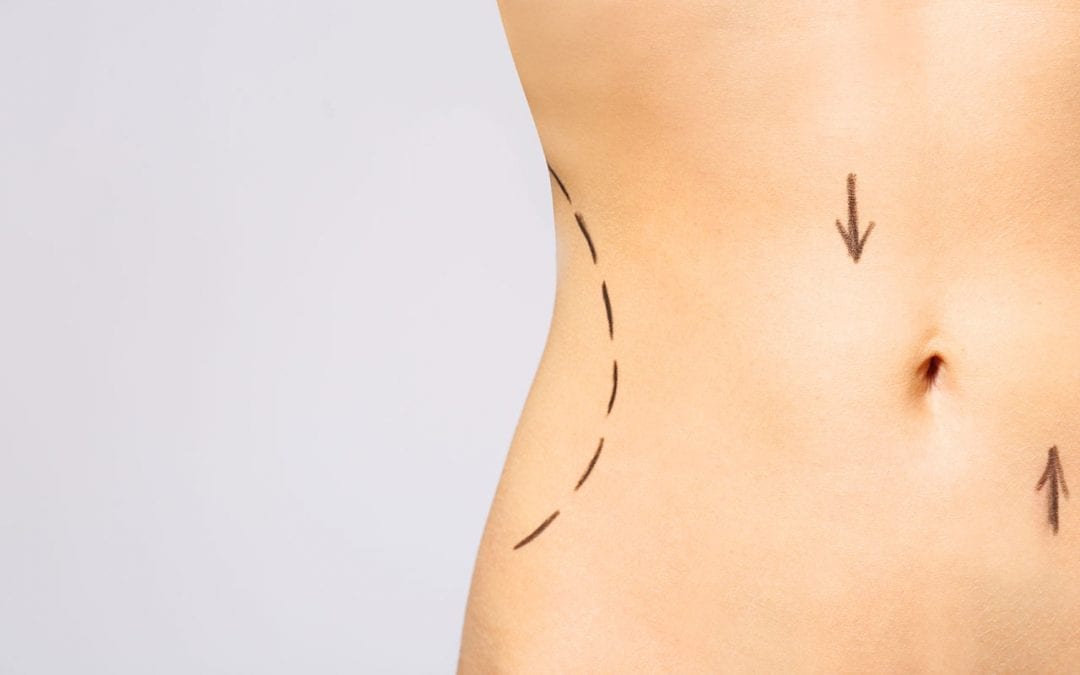There is no doubt that putting on weight can affect not only a person’s self-confidence and body image but most importantly can have detrimental effects and consequences for the health.
According to data from BAPRAS (British Association of Plastic Reconstructive and Aesthetic Surgeons) in 2014, 58-60% of all adults aged 16 years and over were overweight or obese.
It is therefore a great achievement for anyone, whatever their age or gender, to reduce their weight in order to bring their body mass index (BMI) as close to their ideal as possible.
We all know that with small and gradual weight loss, especially in younger people with good skin elasticity, the chances are that the skin and the tissues in general with remodel accordingly and minimal if any excess skin will remain when the target weight has been achieved.
But what happens with large amounts of weight loss? And what if the skin has not remodelled fully or has lost its elasticity?
This is where body contouring procedures such as abdominoplasty, body lift, breast reshaping or uplift and similar surgery is being discussed. Often people believe that body contouring procedures are appropriate and available only for women. This is not true however. Men as well as women can be left with excess skin causing functional and psychological problems after successfully losing weight.
The first piece of advice before embarking on surgery, both for men and for women, is that the weight should have reached a stable level and maintained for the last 12 months or so.
When it comes to surgery for enlarged male chest (a condition often referred to as gynaecomastia) excess fatty or glandular tissue and skin (if necessary) can be removed with the appropriate choice of technique depending on the clinical scenario. A particular aspect of chest reduction surgery in men is that the surgical technique and the resulting scars are different to the breast reduction surgery in women. An experienced Plastic Surgeon will be able to discuss these details during the initial consultation.
Abdominal skin contouring is most often achieved by means of a full abdominoplasty. As with abdominoplasty in women, the scar is rather long and is placed as low in the abdomen as possible. Tightening of the fascia that lies between the abdominal muscles may be required if the muscles have stretched apart. It is important to appreciate that with increasing weight, not only the amount of fat under the skin, but also deep fat around the intra-abdominal organs increases and inevitably can cause stretching of the abdominal muscles.
The time to recover from this procedure must not be underestimated and needs to be discussed with the Plastic Surgeon in order for the final outcome not to be compromised.
In summary, body contouring surgery planned carefully around the individual patient’s clinical needs and expectations has a lot to offer both for men and women. As for all types of cosmetic surgery a detailed discussion between patient and Plastic Surgeon about all aspects of surgery during the initial consultation is very important.





Recent Comments